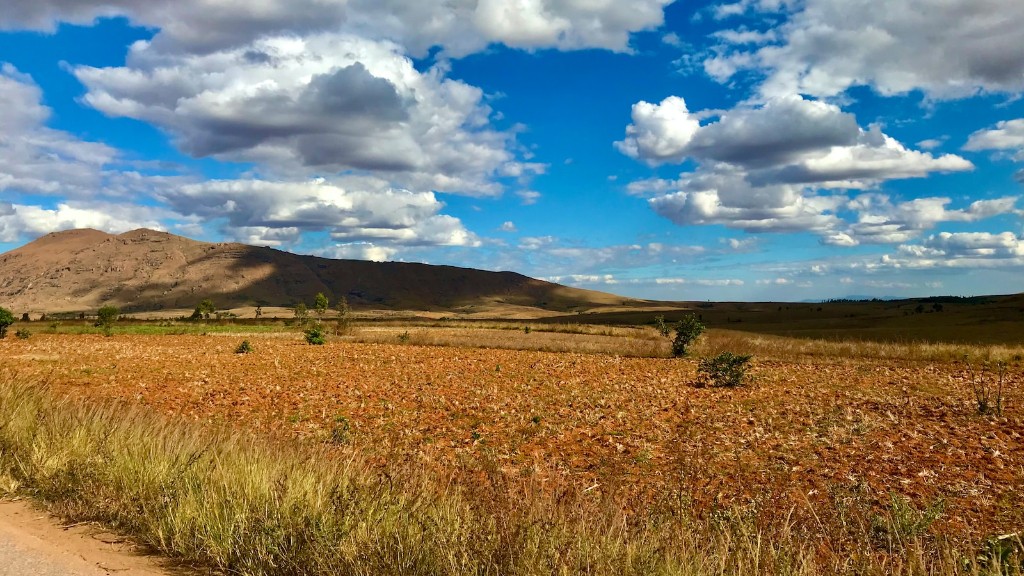Do Lemurs Live Outside Madagascar?
When we think of lemurs, Madagascar immediately comes to mind. This fascinating island off the southeastern coast of Africa is home to a remarkable array of lemur species, with over 100 identified so far. However, the question remains: do lemurs live outside Madagascar?
Unfortunately, lemurs are endemic to Madagascar, meaning that they are found nowhere else in the world. This unique island environment provides the lemurs with the necessary resources and habitats to thrive. Spanning over 10,000 square miles, Madagascar offers a rich diversity of ecosystems ranging from rainforests to dry woodlands, which has allowed lemurs to evolve and adapt to specific niches.
One of the key reasons lemurs do not exist elsewhere is due to their limited dispersal capabilities. Unlike other primates, such as monkeys or apes, lemurs are not proficient swimmers, and their inability to cross large bodies of water has effectively isolated them on the island for millions of years. This isolation has led to their remarkable speciation, resulting in the wide range of lemur species we see today.
Experts and researchers have extensively studied the possibility of introducing lemurs to other habitats outside of Madagascar, but the consensus remains that attempting such a feat would be highly challenging and potentially detrimental to the lemurs themselves. Many factors, including the lack of suitable habitats, predation risks, and the potential for introducing diseases to new populations, make it an unviable option.
Furthermore, the unique flora and fauna of Madagascar, upon which lemurs rely for their survival, may not exist or may be different in other regions. The co-evolution between lemurs and their environment has led to specialized interactions, such as seed dispersal and pollination, which are crucial for the island’s ecosystem. Moving lemurs to other areas could disrupt these delicate balances and have unintended consequences for both the lemurs and the local ecosystems.
While it may be disappointing that lemurs are restricted to Madagascar, it also highlights the importance of conserving their habitats on the island. Madagascar has faced significant challenges in recent years, including deforestation, habitat destruction, and illegal wildlife trade. Conservation efforts focused on preserving lemurs and their unique ecosystem are vital to ensuring their long-term survival.
Challenges in Lemur Conservation
The conservation of lemurs faces numerous challenges. Some of the key obstacles include:
- Deforestation and habitat loss due to logging and agriculture.
- Illegal wildlife trade, with lemurs being captured for the pet trade or bushmeat.
- Poaching and hunting, driven by cultural beliefs or economic necessity.
- Invasive species, such as predatory cats or rats, disrupting lemur habitats.
- Poor governance and weak law enforcement aggravating conservation efforts.
Conservation Efforts in Madagascar
Despite these challenges, concerted efforts are being made to protect lemurs and their habitats in Madagascar. Some of the ongoing conservation initiatives include:
- Creation of protected areas and national parks to preserve lemur habitats.
- Community-based conservation projects involving local communities in sustainable practices.
- Development of eco-tourism initiatives to provide alternative livelihoods and promote lemur conservation.
- Education and awareness programs to highlight the importance of lemurs and their ecosystems.
- International collaborations and research to better understand lemur biology and behavior.
The Role of Lemurs in Ecosystems
Lemurs play a vital role in maintaining the balance of Madagascar’s ecosystems. Some of the key ecological contributions of lemurs include:
- Seed dispersal: Lemurs consume various fruits and help disperse seeds across different habitats.
- Pollination: Certain lemur species play a crucial role in pollinating several plant species.
- Regeneration: By consuming plant parts, lemurs promote new growth and regeneration.
- Prey-predator relationships: Lemurs form an essential food source for other predators, contributing to the overall biodiversity of the island.
Unique Lemur Species
Madagascar’s lemurs exhibit remarkable diversity in terms of their appearance, behavior, and ecological niche. Some of the unique lemur species include:
- Indri: Known for their distinctive singing calls, indris are the largest lemurs and are critically endangered.
- Sifaka: Famous for their “dancing” style of movement, sifakas are agile arboreal lemurs.
- Ring-tailed lemur: Recognizable by their long, ringed tails, these lemurs are highly social and inhabit gallery forests and spiny thickets.
- Aye-aye: The aye-aye is a nocturnal lemur with a unique elongated finger used for extracting insects from trees.
The Future of Lemurs
Ensuring the future survival of lemurs depends on the collective efforts of individuals, communities, and governments. By supporting conservation initiatives, promoting sustainable practices, and raising awareness, we can help protect these fascinating primates and the extraordinary ecosystem they call home.



